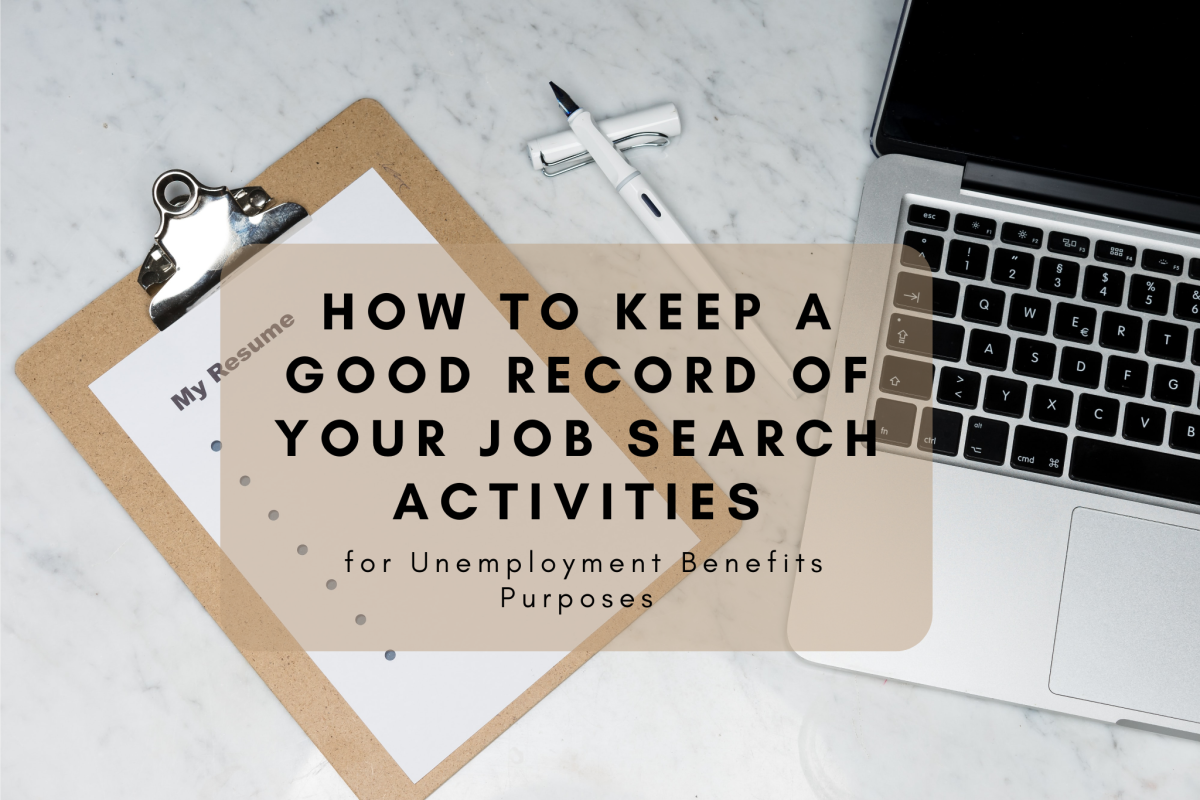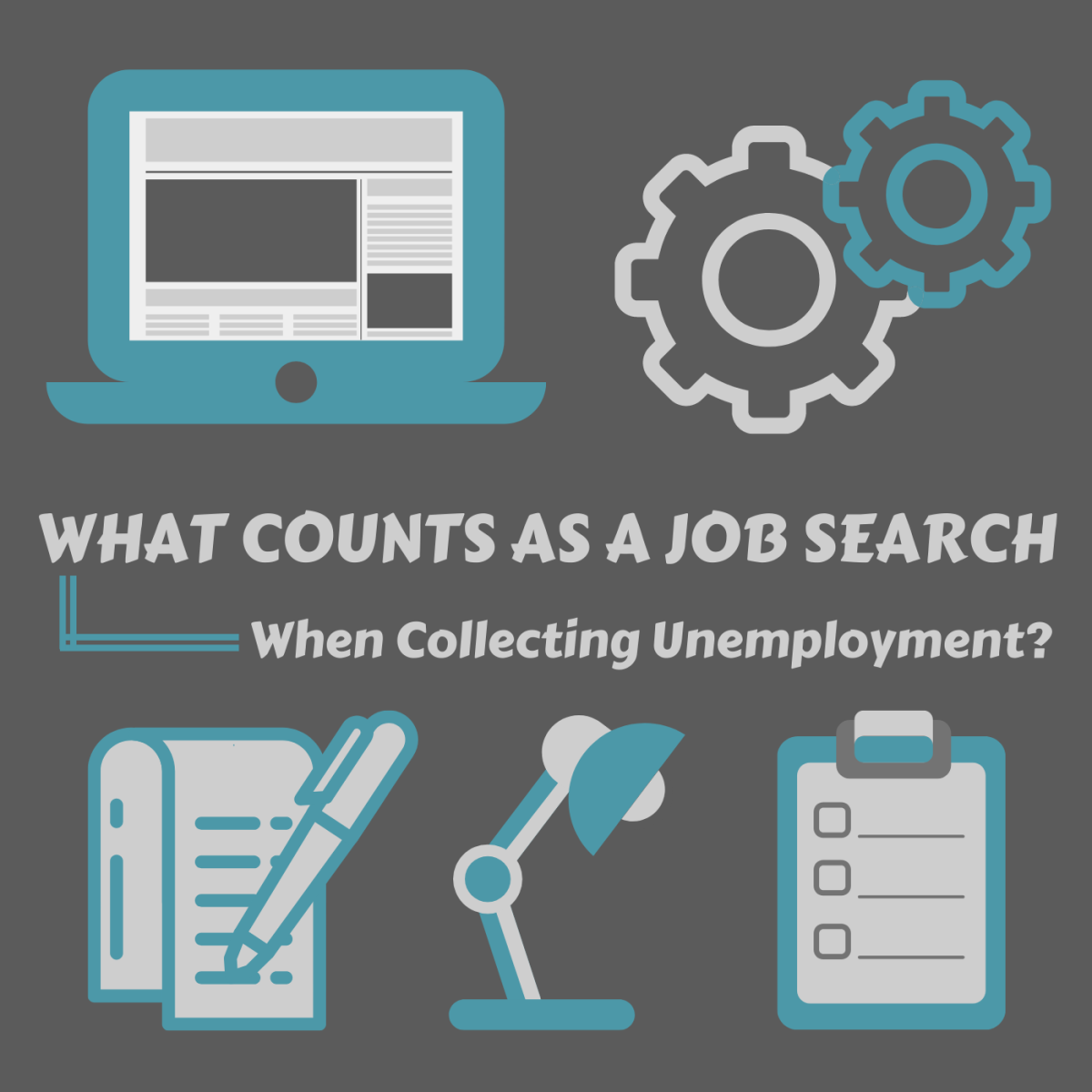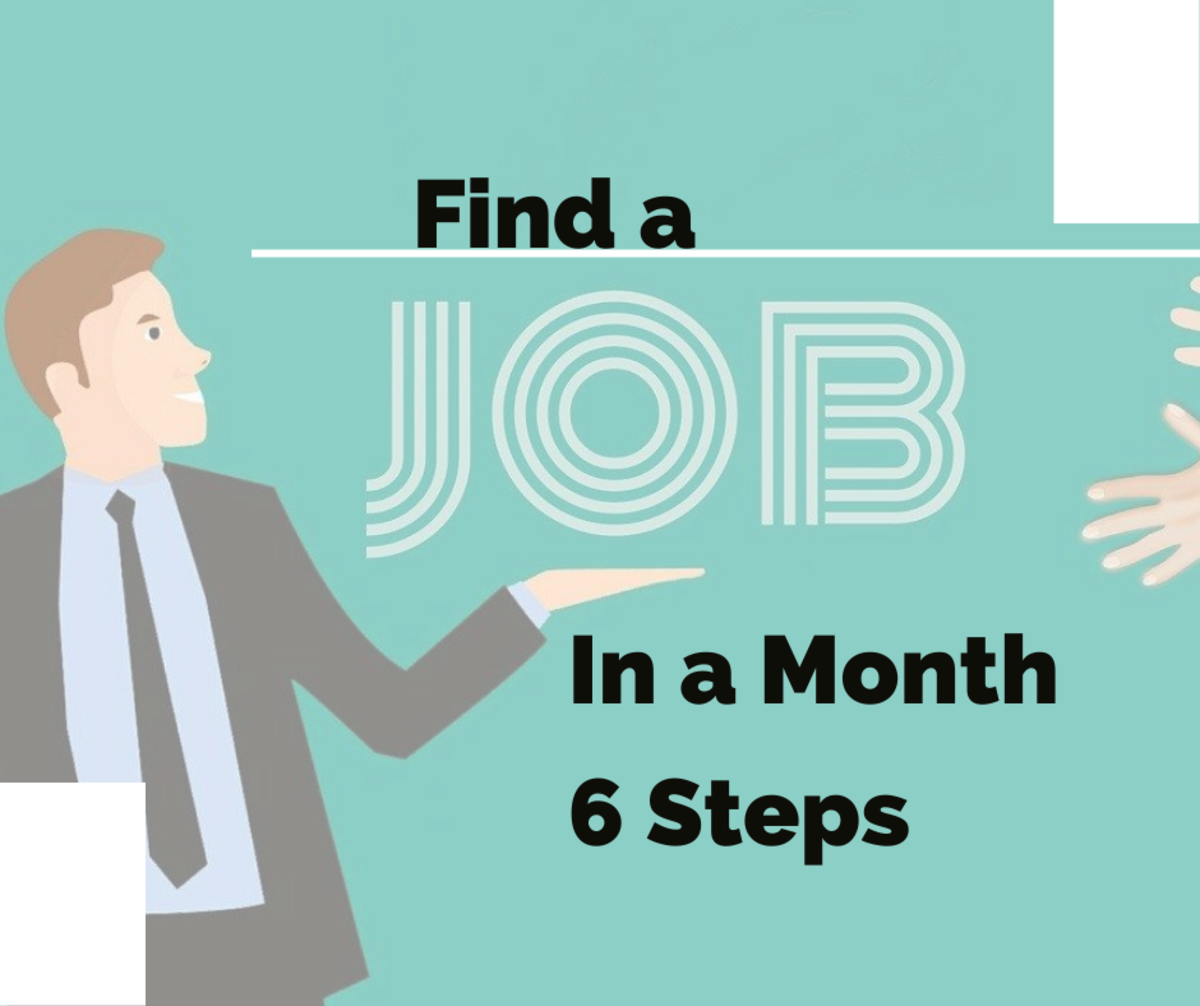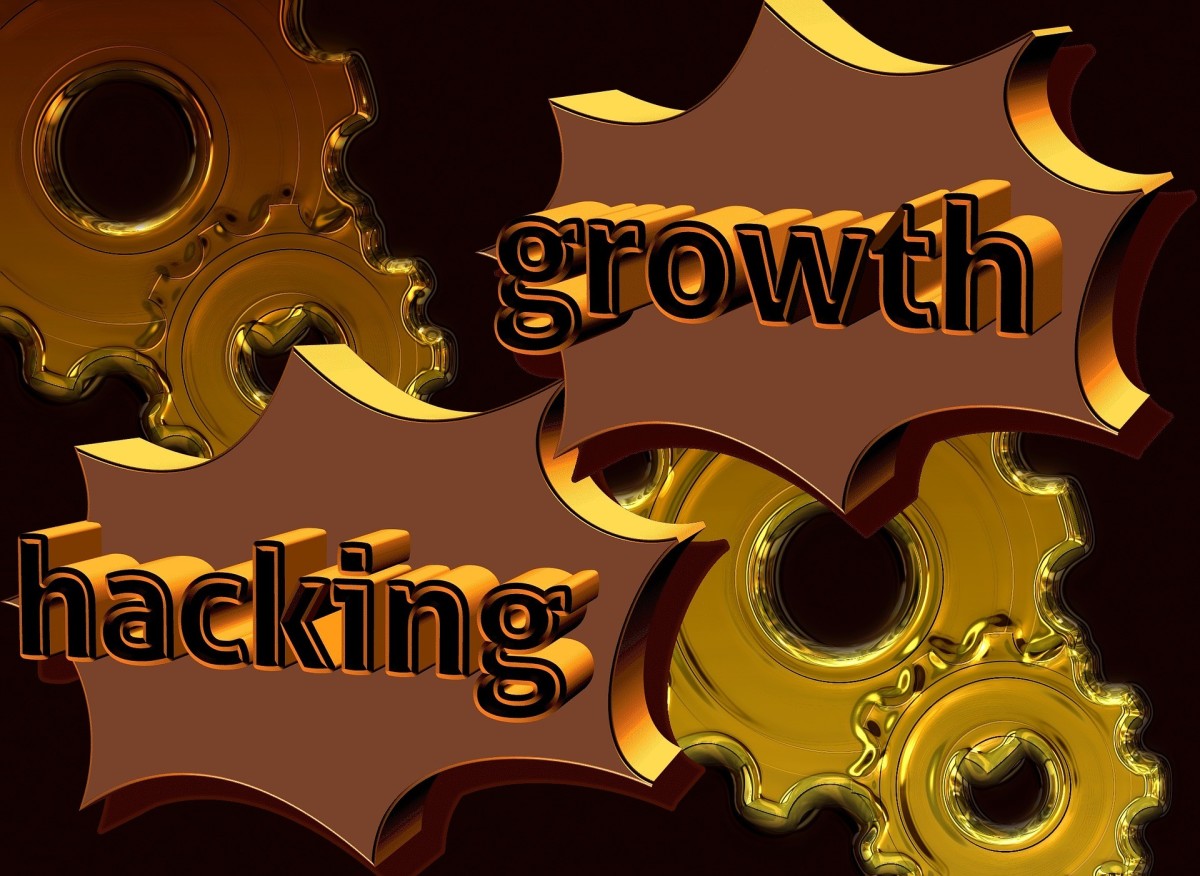13 Tools You Need in Your Job Search Toolbox
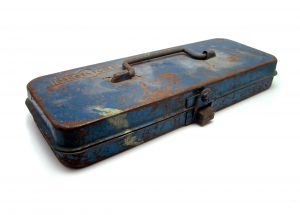
Your Job Search Is Your New Job
When unemployed, your job search is your new job. You can infinitely improve your chances of landing your ideal job by having the right supporting materials. Take a day to create your Job Hunt Toolbox before you hit the job boards, and you’ll never be caught off guard when opportunity knocks.
Marketing Materials
You are marketing yourself as an ideal full-time, long-term resource for your future employer. If you view yourself as a marketable product, you’ll understand the need to support yourself with the right materials.
- Decent Self-Photo - Help your potential employer put a face to the name on your resume. In order to create your marketing materials, you need to have access to a good, neutral photo of yourself, preferably in professional attire. You may already have this, or you may need to set aside 30 minutes with a friend, put on a suit jacket, and take a few shots to find the right one.
- LinkedIn Profile – Consider this your online resume, because most employers include a rudimentary online search of potential candidates. Update this with your experience, credentials and photo, as well as a status message that says that you’re currently looking for your next great career opportunity. After interviews, request a link to your interviewer by LinkedIn to build your network.
- Job Search Blog or Website - An effective way to make yourself stand out is to blog about your job search frequently, and include detailed information about your past accomplishments. This is insight for your future employers as to your character and work ethic, so be sure to keep your messages professional and on topic.
- Personal Business Cards - You never know when an opportunity will arise, and you don’t want to be remembered as a phone number on a grubby post-it note. Create a self business card including your photo, listing your top 3-4 skills and contact information. Keep a few on you at all times and trade business cards with interviewers to leave a lasting professional impression.
- Direct Mail – Do you know of a great company, but can’t seem to get your foot in the door? Create personal letterhead or postcards in the same format as your business cards to mail to your top 25 companies, requesting an interview. You can often use LinkedIn to get the names of the HR professionals in the company, to make sure it lands on the right desk. Be sure to include the address for your LinkedIn Profile and/or your personal job search blog or website.
Your Resume
Your resume is the key to unlocking interviews, and generally the first thing a potential employer will see. It should be a 2-page summary containing giving the employer all the information they need to choose you for an interview.
- The Basics - A basic resume should include your contact information, experience, qualifications, certifications and education.
- Technical Skills – Training is one of the biggest expenditures for companies hiring new employees. Stand out from the crowd by including a technology portfolio, listing all applications and hardware that you’re familiar with.
- Prove It - Demonstrate that past employers were very happy with your performance by including short 1- or 2-sentence written recommendations from previous employers.
- Great References – Aside from your written recommendations, approach a few of your previous bosses, co-workers or subordinates to ask their permission for potential employers to contact them as a reference. Make a list of their current phone numbers and titles so that you can pass this along to potential employers who ask.
- Professional Help - If writing skills aren’t your forte, consider hiring a professional resume writer to help you find the right words. You can generally find a good copywriter for under $100 on Elance.com.
Your Interview
Employers will offer you an interview based on your resume when they see you have all the skills they need. However, in an interview employers are actively looking for reasons NOT to hire you.
Fortify your position as lead candidate for the role by being prepared.
- Insider Information - Spend 10 minutes researching the company and role you’re interviewing for, and if possible, find out the name and title of the person who is interviewing you and look them up on LinkedIn.
- First Impressions - Dress appropriately for both the role and the company culture of the employer. Get help from successful friends and family if you’re not sure how to dress appropriately. Practice a firm and confident handshake.
- Interview Cheat Sheet - Write down stories and achievements you’d like to use in an interview, including your biggest success, your biggest failure (and what you learned), how you deal with hard deadlines, special awards or recognitions you’ve won in the past, and exactly what you think you’ll contribute to the new employer. Review this info right before the interview to put yourself in the self-selling mentality.
Job hunting is frustrating and time consuming but with a well-prepared Job Hunt Toolbox, you are prepared with the resources and tools you need to snag the big interview, make a great impression, and land the job of your dreams.
First Impressions: The Right Handshake
- First Impressions in an Interview: The Right Handsha...
In a job interview, your first few seconds are critical to impress your prospective employer that you are the right person for the job. A firm, proper handshake indicates that you know business and gives...

